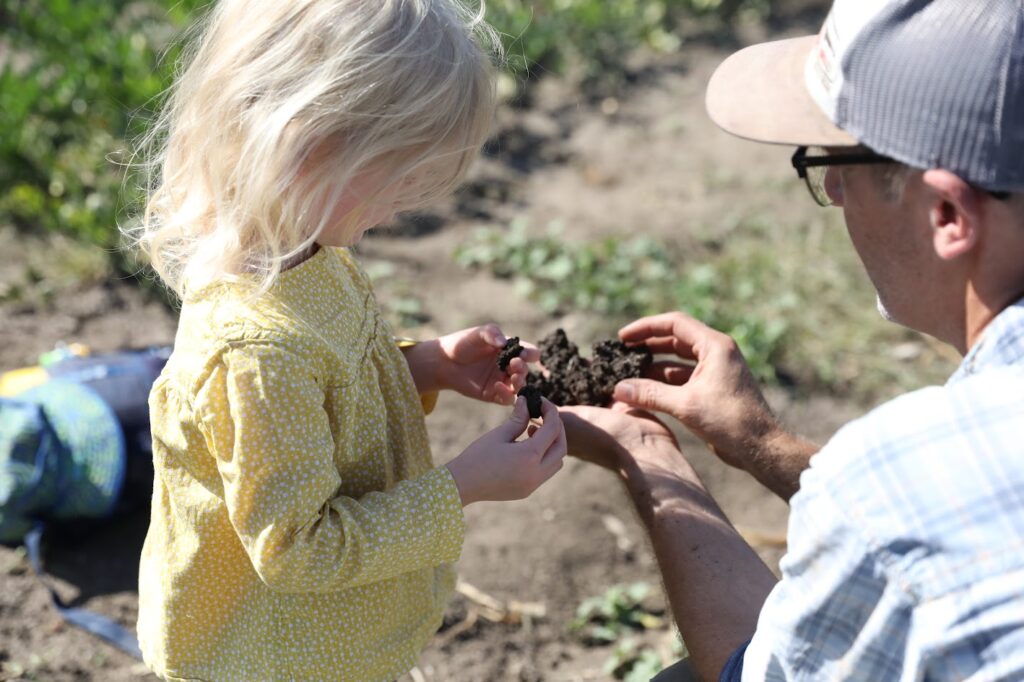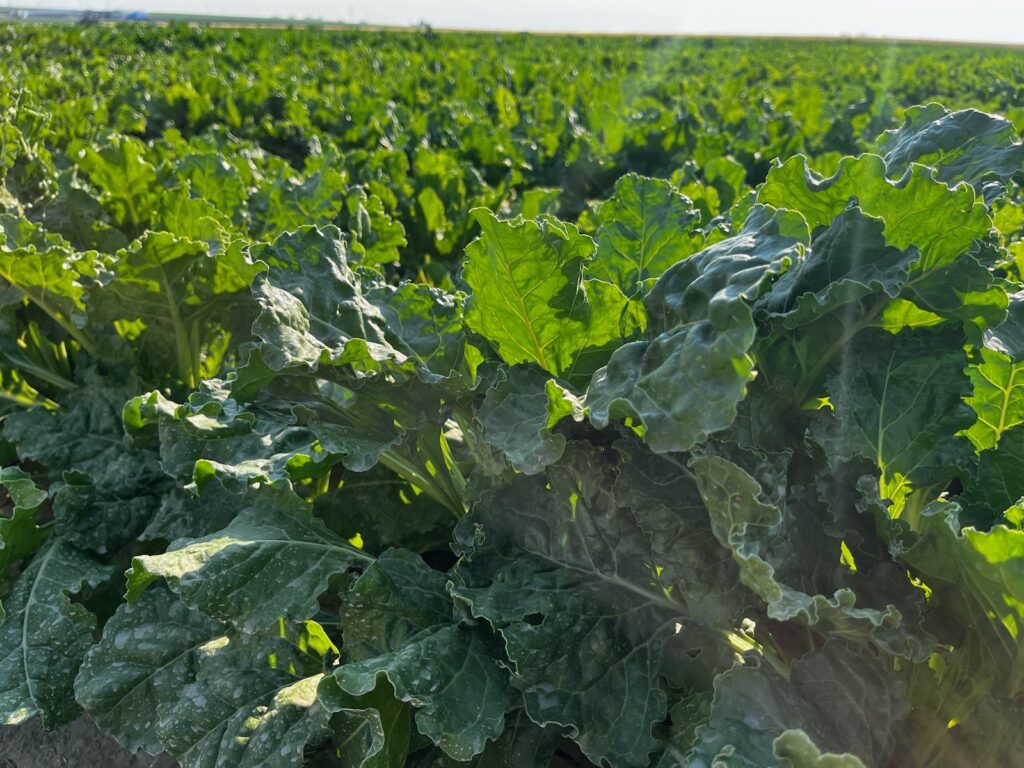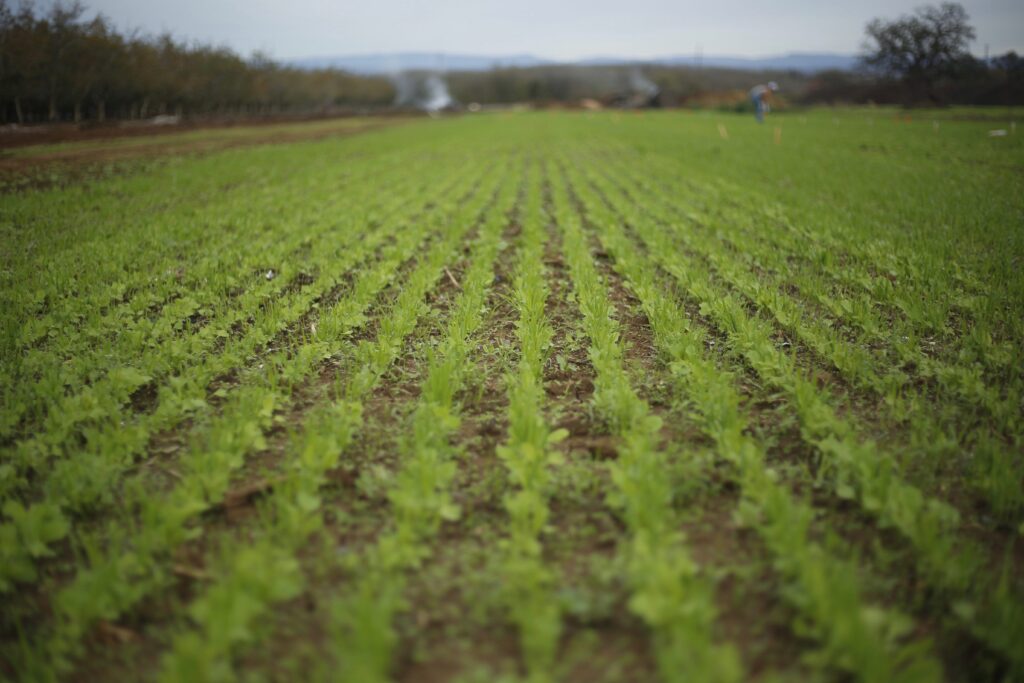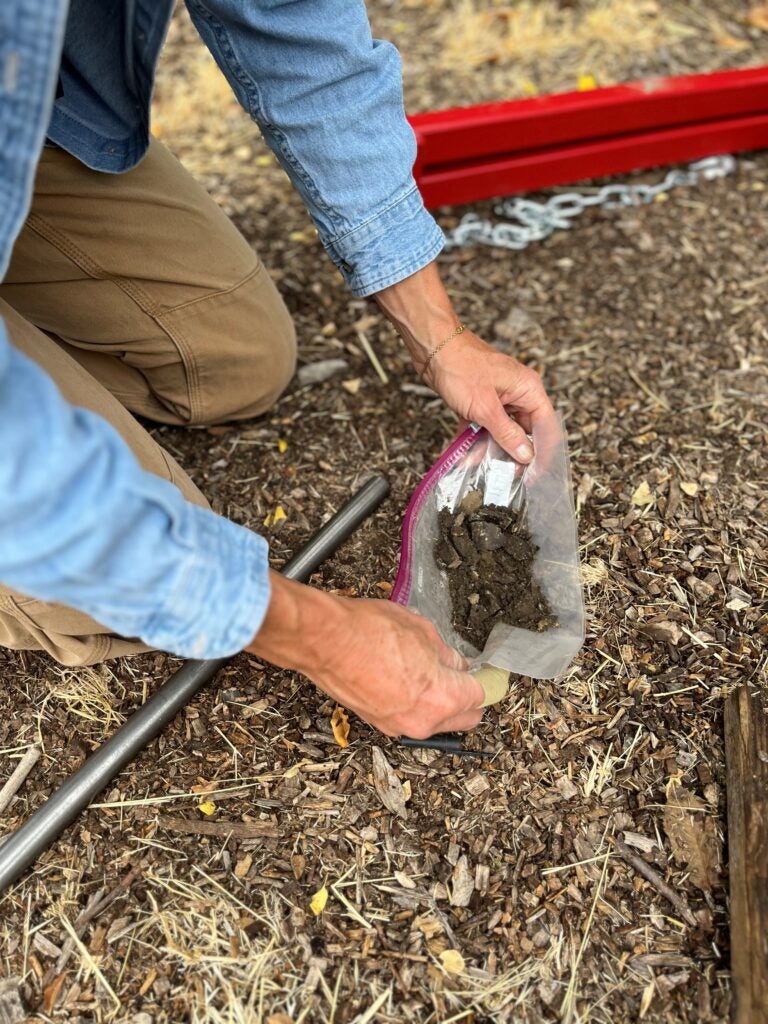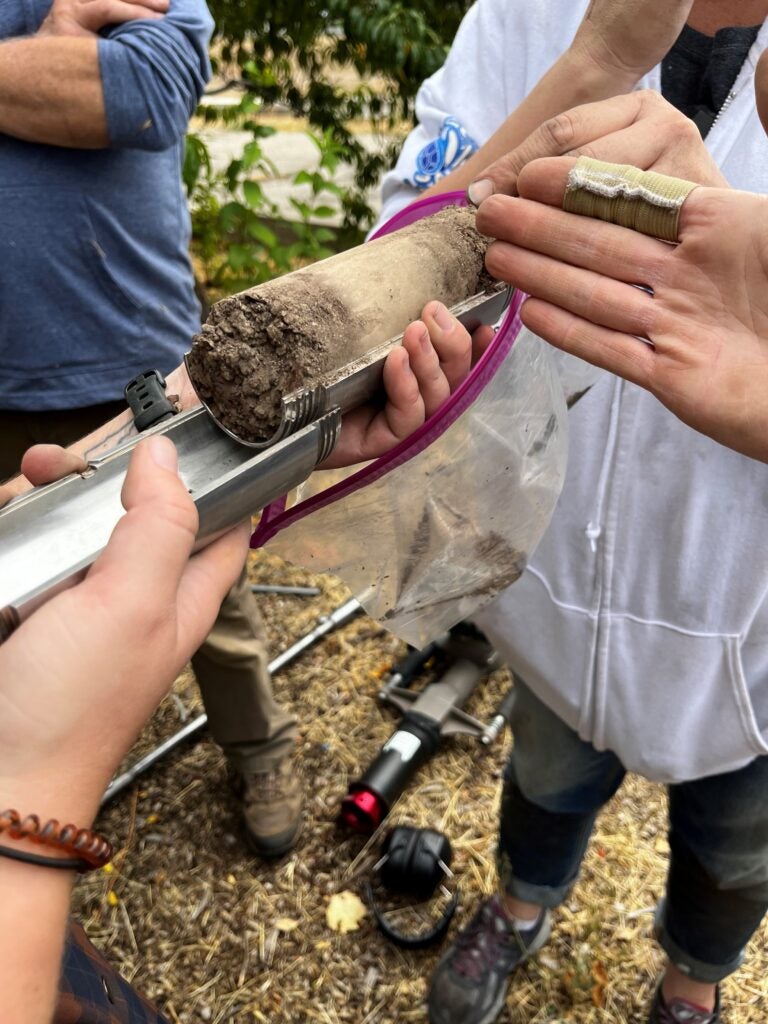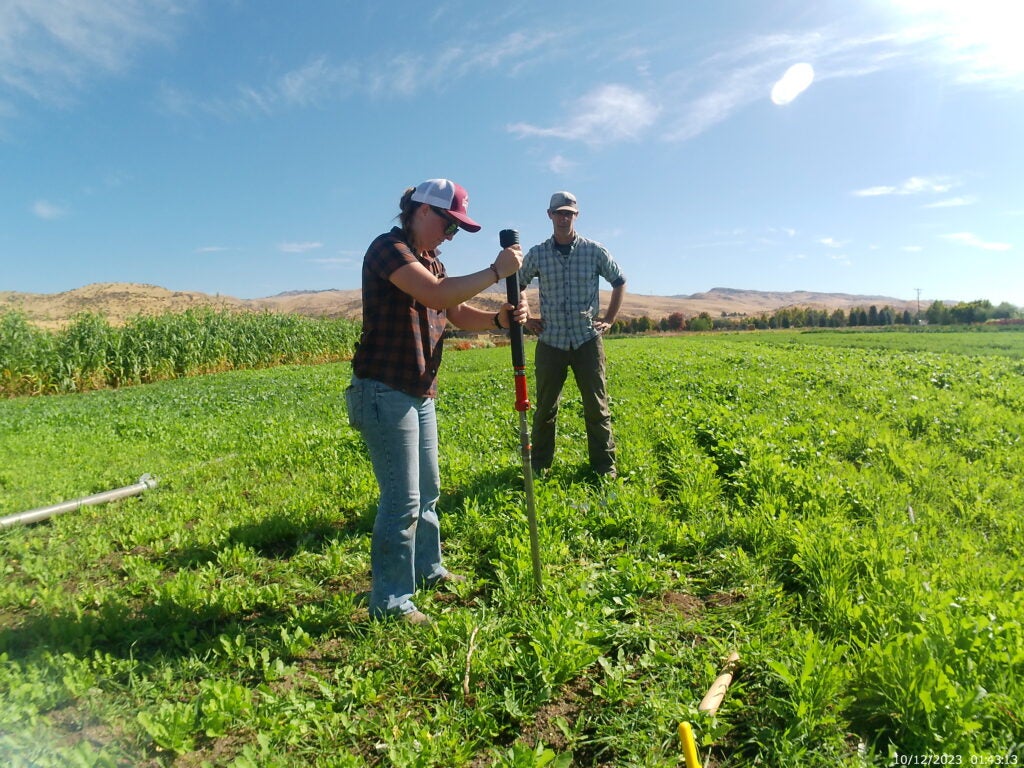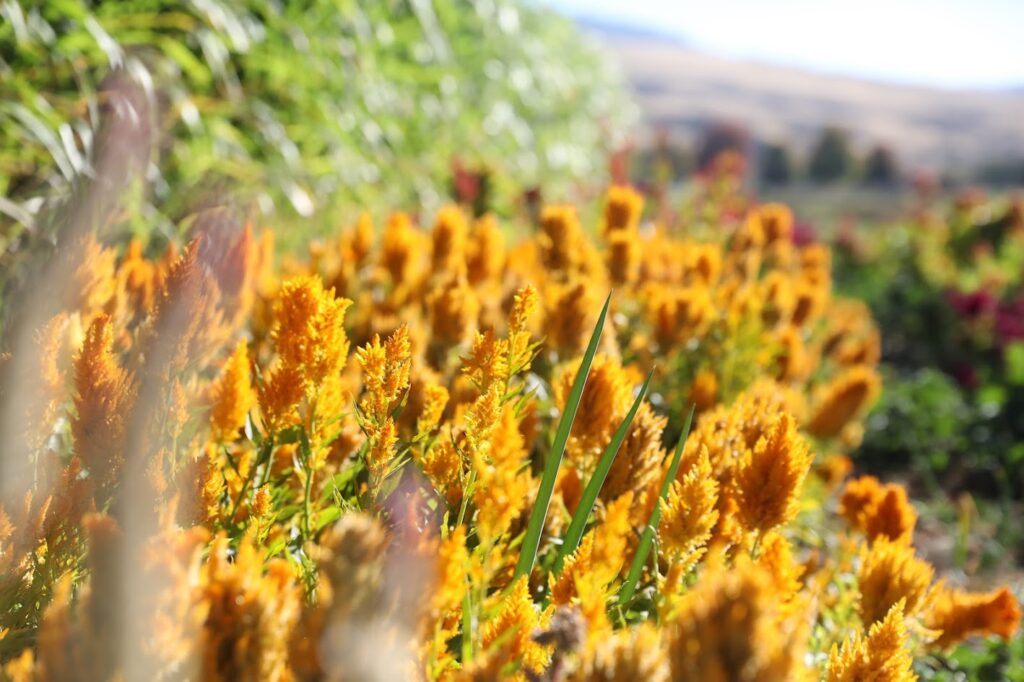
Carbon is a great indicator of soil health
If you are a grower, rancher, or forester, you likely already know how important it is to have your soil performing at its best. When we have healthy soil we have greater yields, less erosion, better stability for our plants, and some folks even argue you can taste the difference in the produce grown. But is it really that easy to make soil healthy?
Asking the soil to support our above ground practices is as delicate as baking a cake; we must be mindful of the ingredients and ratio of these ingredients in order to have the result we want. In terms of stewardship of the land, our choice in trees, livestock, plants, fertilizer, irrigation, and tools to plant or harvest all matter because these are the ingredients to making soil healthy. That is because it can impact one of the major building blocks of our soil; Carbon. Let’s investigate why we care so much about carbon.
Let's investigate carbon's role in soil and our overall sustainability:
Soil Super power: Carbon storage
Many conversations around climate change are centered around the unbalanced amount of carbon that is stored in the atmosphere, and even in the ocean. The unbalanced quantities causes unprecedented changes we can’t keep up with. To clarify, carbon is not the enemy, but when too much is stored in one place it changes how natural cycles function. Meaning, carbon in the atmosphere is necessary, too little and we lose the ability for the atmosphere to hold heat, but when we see an excess of it, it turns normal processes such as rain, into acid rain. Carbon in the ocean is necessary and a natural process, however, too little and the water is more basic, not supplying enough carbon for marine life to create shells, and when there is excess we also see more fragile shells when the excess carbon turns into carbonic acid and erodes their shell.
Soil’s super power is that when it is sequestered (stored), it is sequestered in a ‘stable’ state making it a carbon sink. It can absorb more carbon than it releases. This allows soil to hold twice as much carbon as the atmosphere. How? Plants transform atmospheric carbon into sugars that feed them, sugar becomes a digestible form of carbon for soil microbes. Soil microbes eat away what they can, and leave the bare bone ‘inedible’ form of carbon. If left undisturbed carbon is buried with layers and layers of soil (carbon) on top of it.
